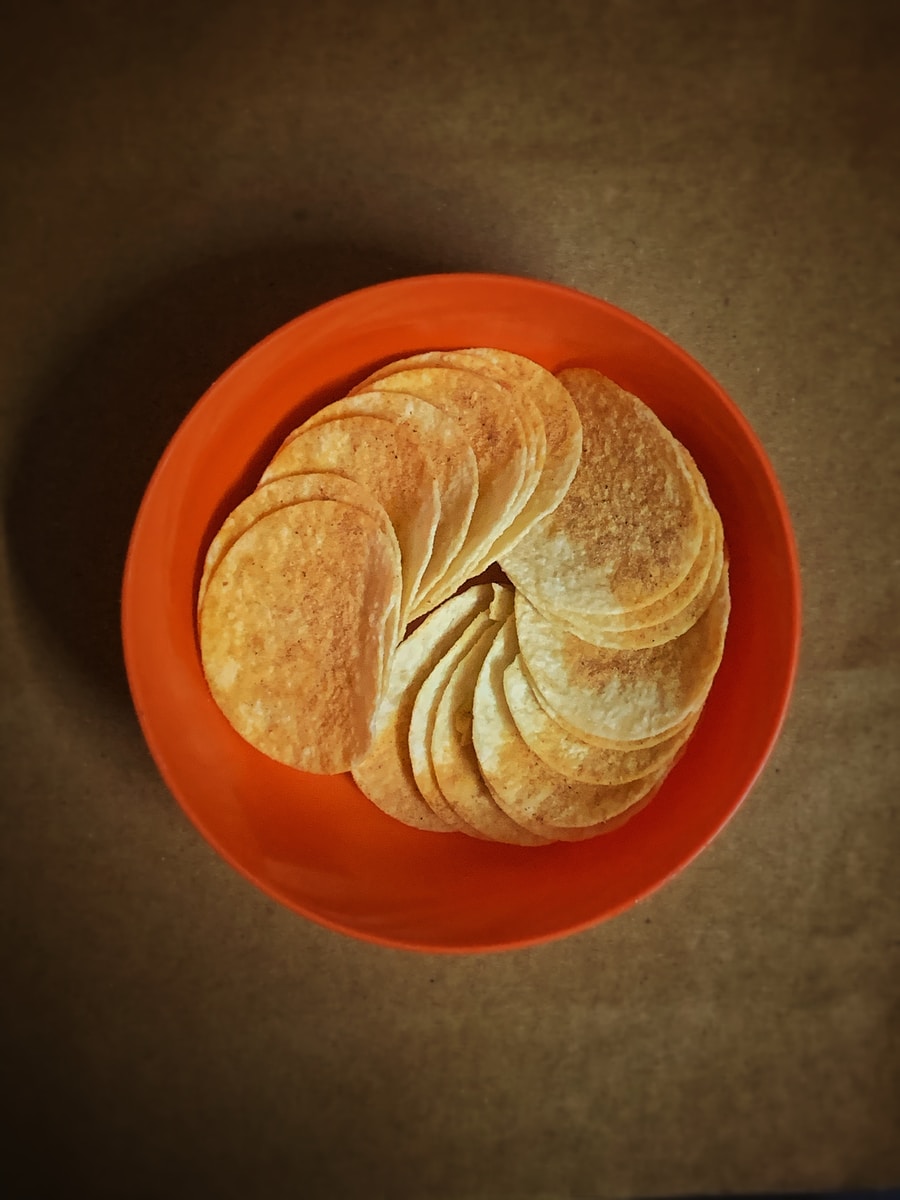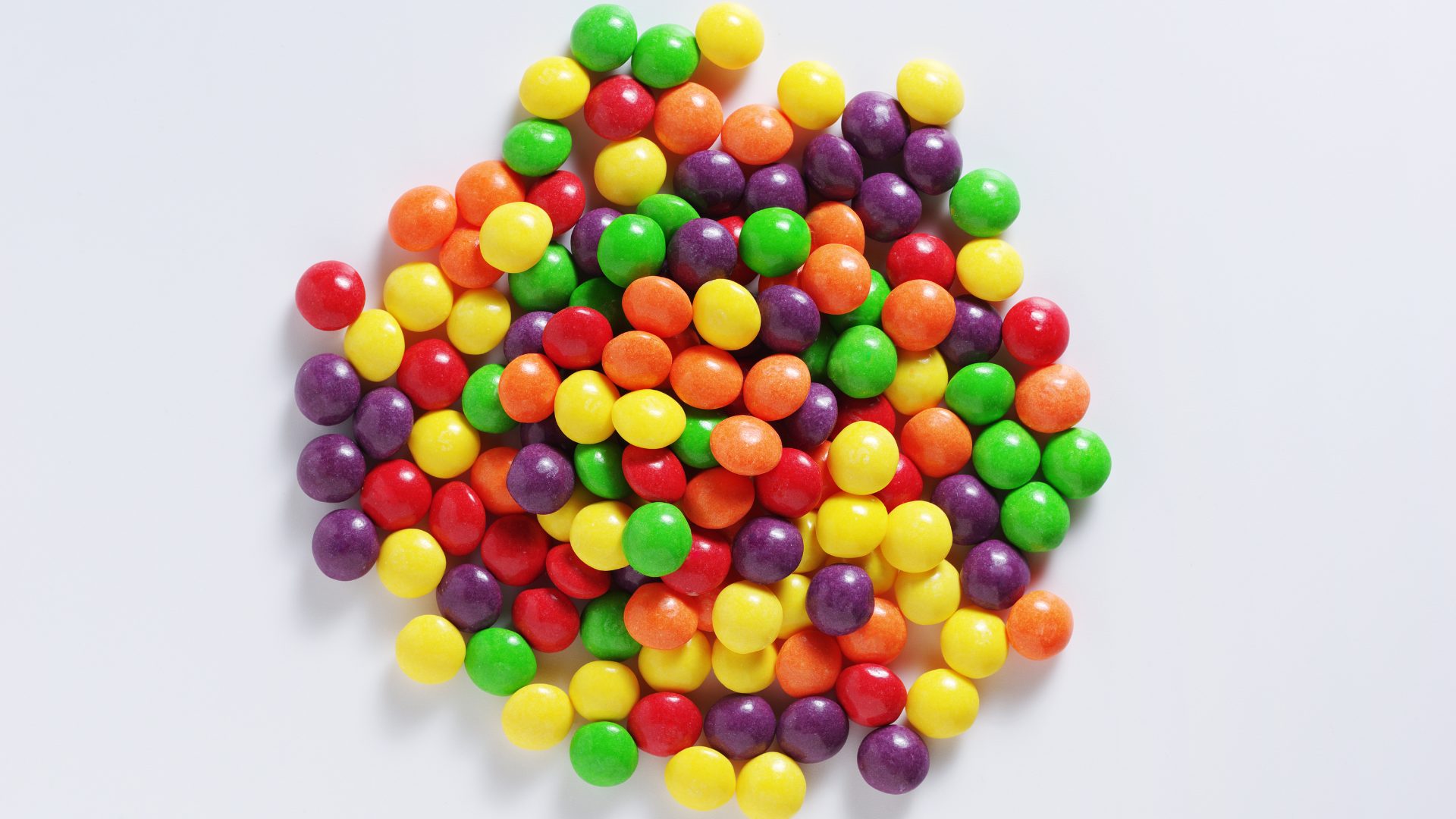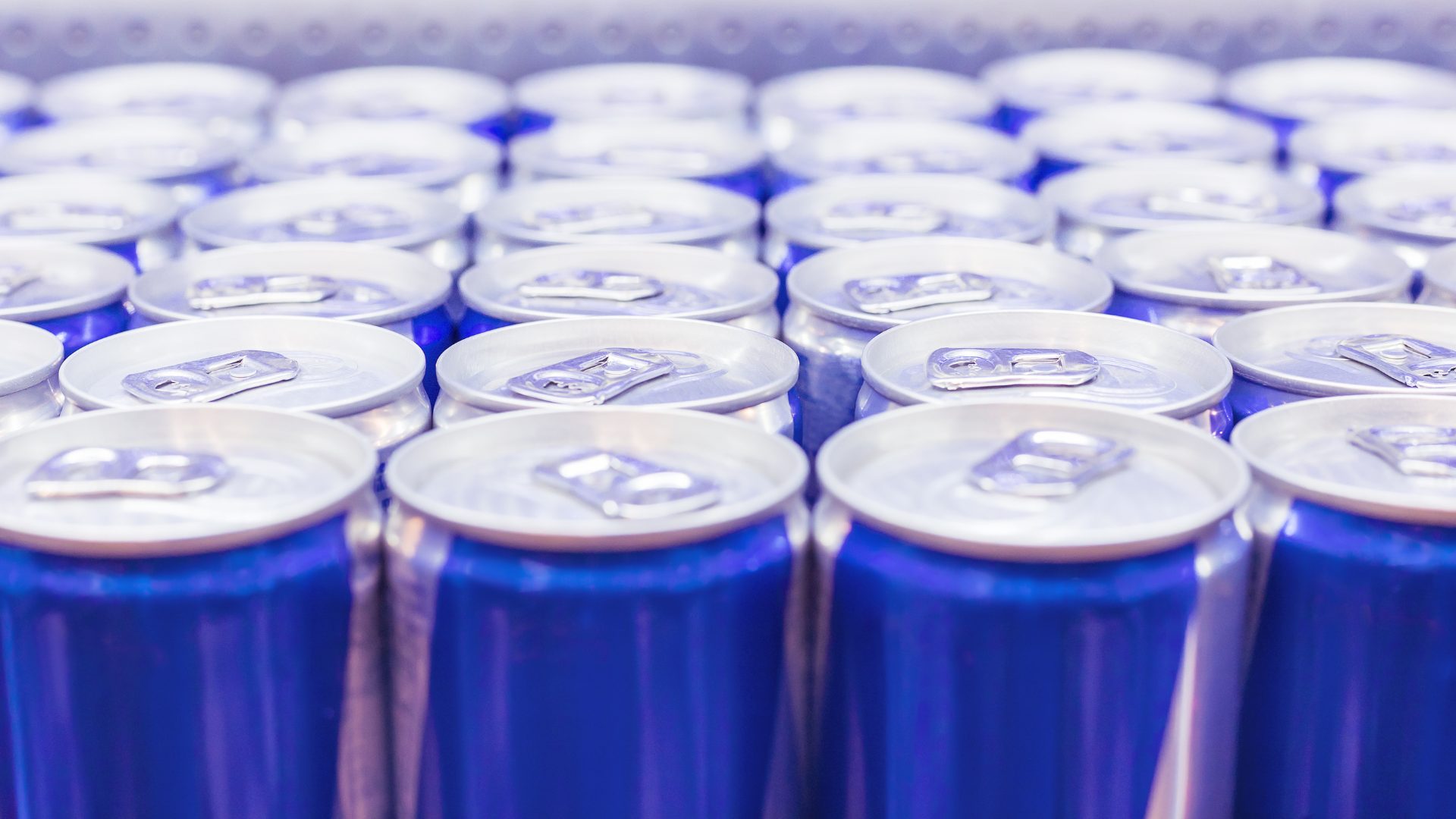Nigel Hughes had an uncomfortable thought at the outset of the coronavirus pandemic.
The SVP of global research and development at The Kellogg Company feared his company might struggle in the snack space amid pandemic lockdowns, since such food had, historically, been consumed on the go.
Lo and behold, Kellogg fared just fine in 2020 and 2021, since most of its customers had no issue eating the company’s snack products – like Pringles, or Pop Tarts – between Zoom meetings while working from home. In fact, many Kellogg customers began eating products like cereal more than ever, even after breakfast hours.
“When you’re working from home, it’s amazing what becomes a snack,” Hughes said.
The pandemic kicked much of the snack market into a higher gear. The global snack food market was valued at approximately $427 billion (USD) in 2020 and, according to ReportLinker, is projected to grow at a CAGR of 3.37% from 2021 through 2026.
The Food Institute recently caught up with Kellogg’s Hughes to get his insight on recent consumer snacking trends. Excerpts from that conversation are below – and you can read The Food Institute’s extensive report on the current state of the snacking segment when it’s published on October 19 (the report is free to members; to join TFI, click here.)
Is society shifting away from eating 3 large meals a day?
Hughes: “People are moving away from two or three large meals a day, to eating smaller portions more frequently. …”
Which demos are most likely to prefer eating smaller meals, including snacks?
Hughes: “On one hand you’ve got health-conscious people who are becoming more aware of their health as they get older, looking at modifying the way they eat towards those smaller portions through the day.
“Then, in terms of indulgence and experience, we’ve got a lot of younger consumers who are particularly linked to the social activities of our brands – Pringles has a huge community around gaming and with gamers – and that social cohesion that brings.”
Has your company altered its snack packages at all because of the pandemic?
Hughes: “Absolutely. The size of the packaging is critically important. We used to have an average-size pack for the average occasion. Now we sometimes want very small packs for single occasions, [or] we want big packs, because you want to keep food stored. …”












